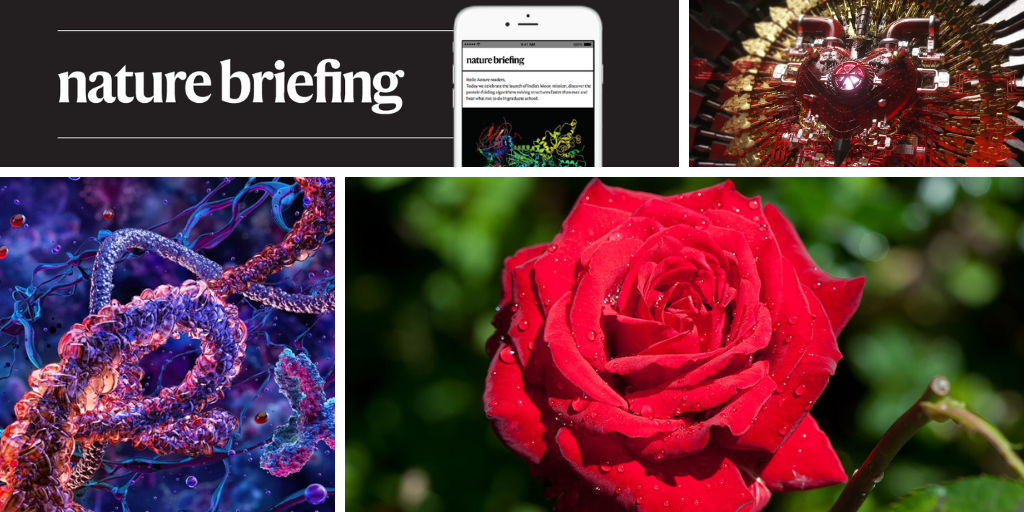
"A type of mechanical feedback regulates the growth of rose petals, leading to curled edges and pointed corners through extrinsic geometries that create multiple cusps along the edge."
"A groundbreaking technique using inteins allows scientists to directly edit proteins in living cells, enabling precise 'cut and paste' modifications that enhance our understanding of protein function."
"Despite a general decline, researchers found pockets of growth in bird populations across North America, showing that conservation efforts can have localized success even in struggling regions."
"The intertwined nature of biological and ecological processes hints at underlying complexities, with the dynamics of rose petals, protein editing, and bird populations revealing intricate feedback mechanisms."
The article discusses how rose petals achieve their distinctive curled edges and pointed corners through a previously unobserved geometric trick involving extrinsic geometries that manipulate growth patterns. Additionally, a novel technique allows researchers to directly edit proteins in living cells using inteins, providing insights into how protein modifications affect function. The article also touches on the decline of North American bird populations, highlighting that some species exhibit growth in certain areas, suggesting that conservation strategies can yield positive results even in challenging environments.
Read at Nature
Unable to calculate read time
Collection
[
|
...
]